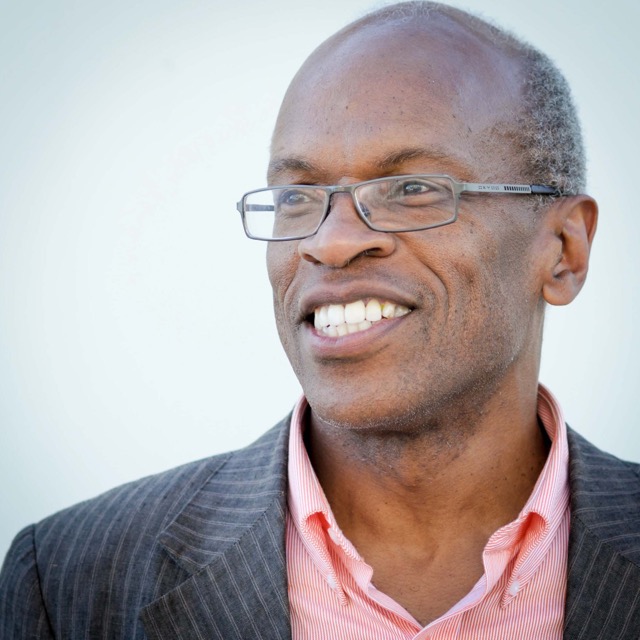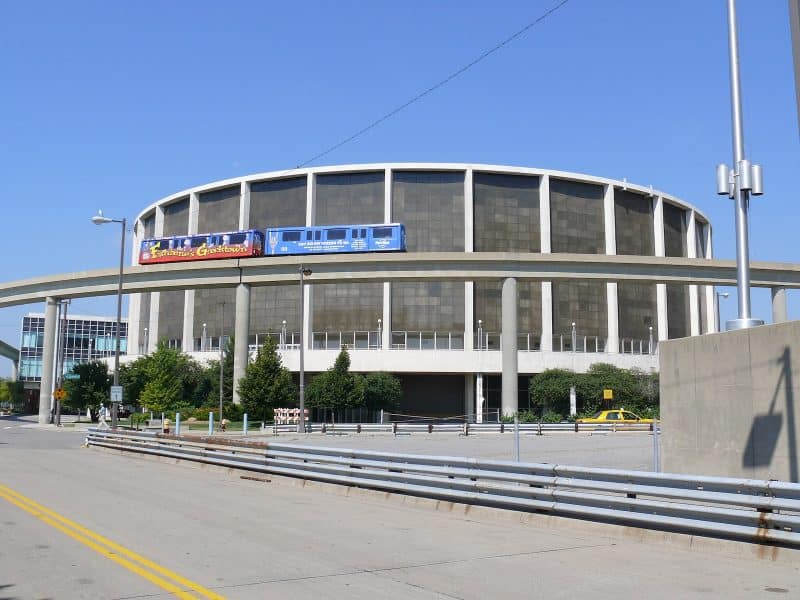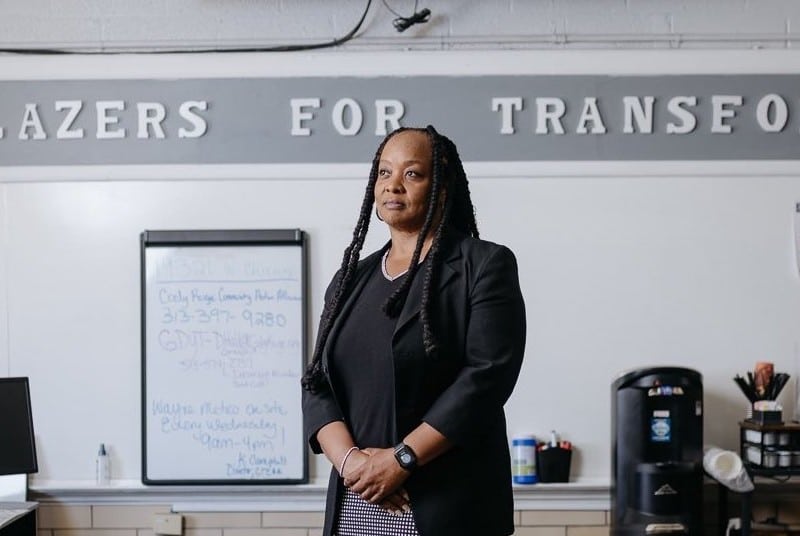Lessons from Planning Director Maurice Cox on spreading bike culture across Detroit
In a conversation with Model D, Maurice Cox, Director of the City of Detroit's Planning Department, says he'll put extra emphasis on bike infrastructure across the city.

The Motor City is obviously known for producing cars, and has the wide boulevards to prove it. But if Maurice Cox, director of the City of Detroit’s Planning Department, has anything to do with it, bikes will also become an important consideration of the city’s infrastructure.
Bike lanes are common across the country and world. In Copenhagen, for example, 37 percent of residents bike to work—biking is a major part of Denmark’s national culture. While Detroit may never reach that level of usage, Cox is taking steps to prioritize bikes and believes they should be a part of Detroit’s strategy for revitalization.
Model D recently spoke with Cox and City of Detroit mobility specialist Jeffrey Nolish about the city’s plans to get Detroit’s neighborhoods, in particular the Live6 area, onto two wheels. Here are three things we learned from those conversations.
1. Bike lanes have a learning curve
While bike lanes may be standard in other big cities, they can still give some Detroiters pause, particularly when seen outside of the Downtown/Midtown area where bike-use is less common.
“I’m very sensitive to the fact that there’s a learning process that communities are undergoing,” says Cox.
The city has has already held a few meetings in the Livernois/McNichols neighborhoods to get community members to discuss how mobility will play a part in the development of the area.
Cox notes that in neighborhoods used to only one mode of transportation, there are always questions when bike lanes are put down. But, he adds, engaging residents on the topic provides the opportunity to address these concerns and illustrate their myriad benefits.
2. A bike culture already exists in Detroit
Anyone who has been on the Riverfront in the summer has seen scores of Detroiters riding impressively customized bikes replete with blinking lights, specialized handlebars, and makeshift boomboxes. One small bonus of the city’s work to bring bike lanes to Live6 is that the area is home to the the city’s oldest bike shop, Livernois Bike.
“Bicycle culture in Detroit is many decades old,” says Cox.
Biking continues to be a popular pastime in Motown, with events like Slow Roll, a weekly bike tour that’s gained national prominence, regularly attracting hundreds of bikers, as well as the more local Soul Roll. While Detroit cyclists may not be the rolled-up-cuff-messenger-bag types, they are still active and must be considered as the a new type of bike culture is introduced to the city.
“There’s actually over 48 neighborhood, community, and church based bike groups in the city,” says Nolish. “Each group is different, but each group is excited about this mode of transportation.”
The city is working to educate residents and business owners, especially since the roll out of protected bike lanes on Michigan, Livernois, and Jefferson Avenues. That means collaboration with various departments on signage and on-the-ground education. Nolish says they city is also connecting with organizations like the Detroit Greenways Coalition, local bike shops, and community groups to help people understand the importance of diverse modes of mobility.
3. Bike Lanes improve quality of life
According to Cox, bike lanes add a ton of value to a city and neighborhood. For starters, they save lives.
“The data shows that when you add protected bike lanes on streets that carry cars, it reduces the speed of which those cars move,” Cox says.
He emphasizes that bike lanes are good for business as well. A report issued by PeopleForBikes and the Alliance for Biking and Walking points to bike lanes as a way for neighborhoods to increase foot traffic to businesses, with biking customers more likely to spend small amounts during frequent visits to local shops. This is good news for small business owners in Live6, as it would give more visibility to the shops along the Livernois and McNichols corridors.
Mr. Cox’s office continues to weigh the data they’ve gathered on outcomes from the installation of bike lanes on Livernois. He says that through community meetings, Live6 residents have options for weighing in on how they want the streetscape to look. “In the end, the community will decide where we get the best bang for our buck,” Cox says.
Ultimately, bike lanes are a piece of the puzzle for healthy development outside of the city center. “It’s one element of our comprehensive neighborhood strategy for the Livernois/McNichols area,” Cox says.
As resources continue to pour into neighborhoods like those along Livernois and McNichols, it will require both city officials and community members to work together to respect the cultures that already exists while taking a chance on new ways of moving, even if it means making space for people on two wheels instead of four.
This story is part of Model D’s “On the Ground” series, which gives voice to the community members, businesses, and developers who make the Live6 neighborhood come alive. Support for this series is provided by the Kresge Foundation.




